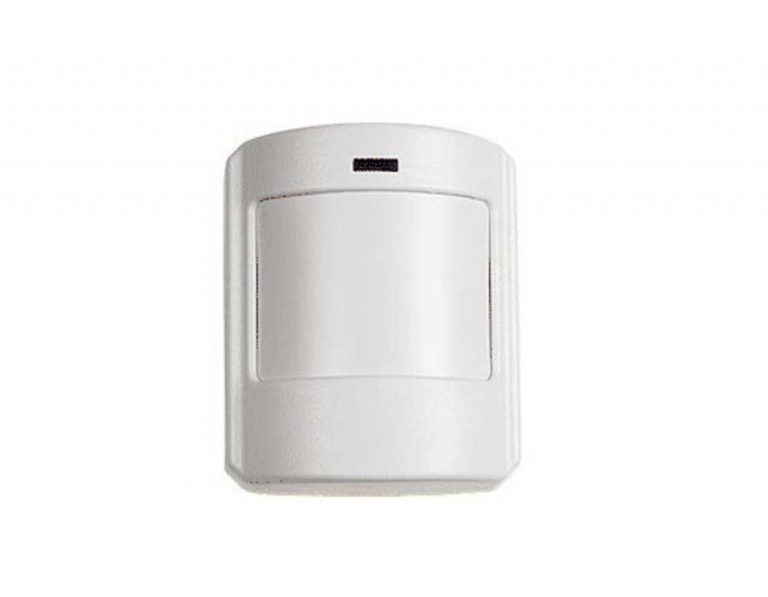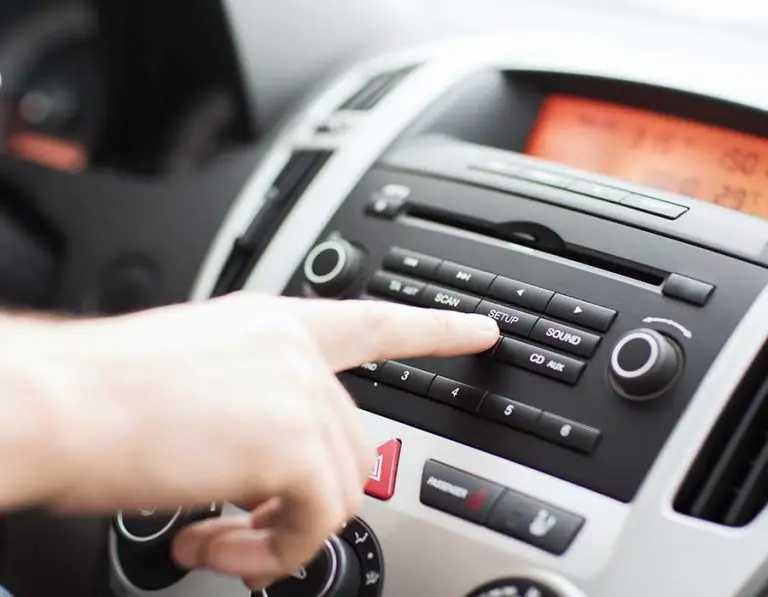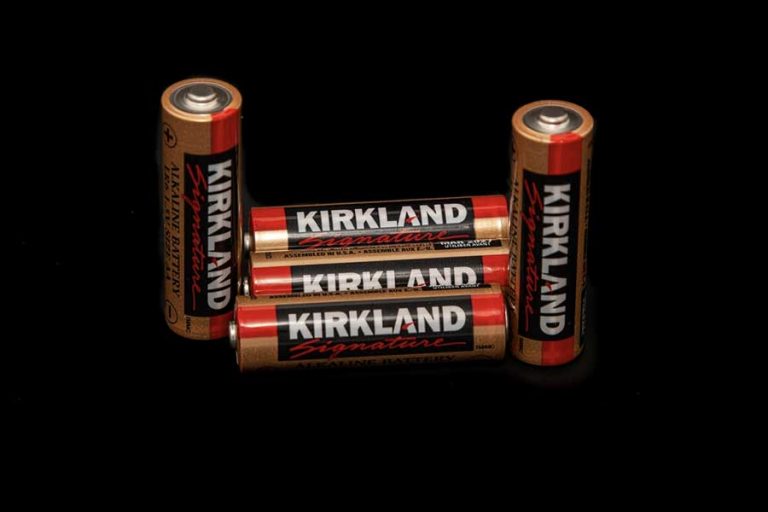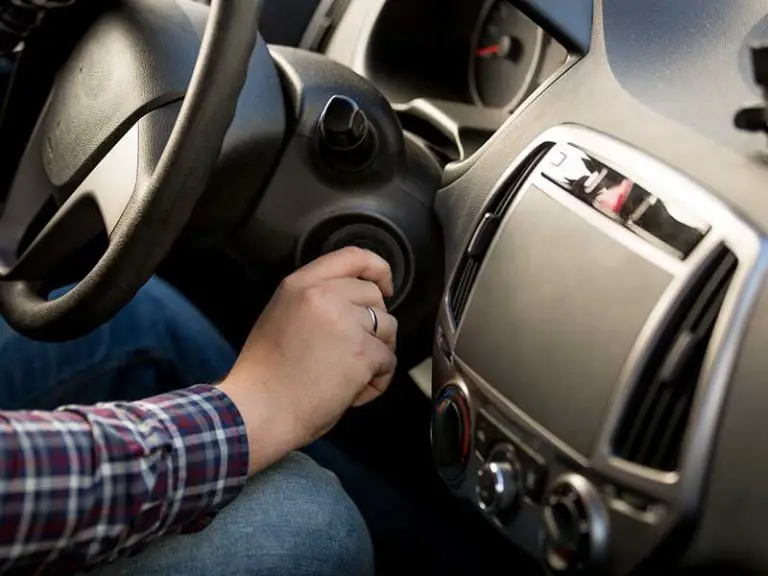How Long Does It Take To Charge A Lawn Mower Battery
Electric mowers are among the most popular models of lawn mowers. Initially, there were only small lawnmowers, but now they are available in larger sit-on models.
In addition to using less gasoline and requiring less maintenance, electric lawn mowers offer a number of other benefits. For gardeners and lawn enthusiasts, mowers are indispensable. Batteries are often preferred to gas-powered mowers because they can be used and maintained for a lower price.
Charge time for a Lawn mower Battery
In general, it is important to know the battery type and the charger type when charging an electric lawnmower.
For Small Lawn mower:
The charge time of many small electric lawnmowers with fast charging is approximately one hundred minutes, and they can operate for up to an hour.
For Large Lawn mowers:
The fast charging process makes it possible for large sit-on lawnmowers to be charged within 3-4 hours. A device that requires twelve hours of charging cannot be used more than once a day, while a device that requires four hours of charging can be used, recharged, and used again.
Lawn Mower Battery Charging Steps
Before charging a lawn mower battery, one should know these steps:
Charger Selection:
Choosing the right charger is the first step in ensuring that charging is effective. The selection depends on the voltage of the battery. Lawn mowers typically run on a 12-volt battery. Among experts, the 2-amp rate is the most recommendable for your lawn tractor. When you use this charge rate, you ensure that your system is deeply and thoroughly charged.
Charge the device according to manufacturer’s instructions:
A lawn mower can be of many different types. The manufacturer usually provides instructions for extending a motor’s lifespan. To decide whether a mower is right for you, make sure you read its specifications. Depending on your vehicle’s model and make, your manual can supply specific instructions.
Set up the battery to be charged:
Once you have selected the correct charger and read the instructions, you’re ready to begin charging. While the battery is in its housing, you can charge it without removing it. The battery will still be able to charge regardless which option you choose.
Plug the charger into the battery:
Now that you have prepared the battery for charging, it is time to attach the charger, and then to plug the charger into the wall socket before you begin charging this battery. It is important to start with the positives and then move on to the negatives. Since cables come in red for positive terminals and in black for negative terminals, it shouldn’t be hard to tell them apart. Be sure to secure the charger cables to the terminals of the batteries before moving on.
Mount the charger on the wall:
The charger should be connected to the power supply once you have made sure the charger cables are securely in place. To begin with, you should remember to set the charge rate first. In some chargers, a light will indicate when the charging has completed; that way you can still monitor its progress. However, monitoring the charging makes no sense now that it takes about four to six hours to charge the battery. You can avoid the stress of an overcharged battery by timing the charging.
Turn off the charger:
You should have a full lawn mower battery after four to six hours of charging. After the work is done, the charger should alert you. The remarkable thing about smart chargers is that they will stop charging when the attached battery is full. Therefore, if you get the warning, make sure your charger is turned off. Unplug the charger again from the wall outlet after switching off the charger. You can unplug your charger directly from the power supply if it has no switch.
Rest the battery for a while:
The battery may accumulate gases during charging. Keeping the gas inside may damage your battery, if not allowed to flow out. Detaching the charger cables should be done within five minutes after the battery has rested.
Once the gas has been completely expelled, you can safely remove the negative and positive cables from the battery. Once the charger has been removed, the battery can be put back into its housing and its positive terminal connected first. Then connect its negative terminal.
Lawn mower battery charging tips:
Here is some useful information you should know before charging your lawn mower battery:
- When charging your battery, wear safety goggles and thick work gloves to prevent an electrical accident.
- Additionally, be sure to check your mower’s electrical system for frayed connections, a swelling battery, and other signs of damage.
People Might ask
| Can you charge the lawn mower battery overnight? Although extremely high-quality chargers pose no danger of overcharging, you still shouldn’t leave your battery plugged in longer than 24 hours. Charging overnight is usually the best way to achieve a full charge. Many chargers can at least partially restore some of the capacity of a battery even after deep discharge. |
| Is there a time limit on how long you can leave a battery charger on? Charge your device overnight if you’re concerned about the state of charge. Chargers with 2-amp settings can remain on all day if they are left on all night. It may take 4 to 8 hours or even more at 6 amps, depending on its deadness. |
| Is it necessary to charge a new lawn mower battery? Batteries that are brand-new do not require any charging. Running the engine helps build up the charge that is lost when the engine is started. In addition to losing charge as they age, 12-volt batteries also become less capable of holding an electrical charge. |
Conclusion:
Lawn mower batteries shouldn’t be as difficult to charge as people assume. It is possible that the battery fails to hold its charge under certain conditions. A battery that encounters this problem has either become too old or there is a parasitic electrical drain.
According to the battery type and the charger quality, the charging time will vary. In contrast, a lithium battery and a quality charger take only 60 to 90 minutes to reach full charge. The maximum charging capacity of lead acid batteries, which are old and used for heavy duty tasks, takes hours to reach.






